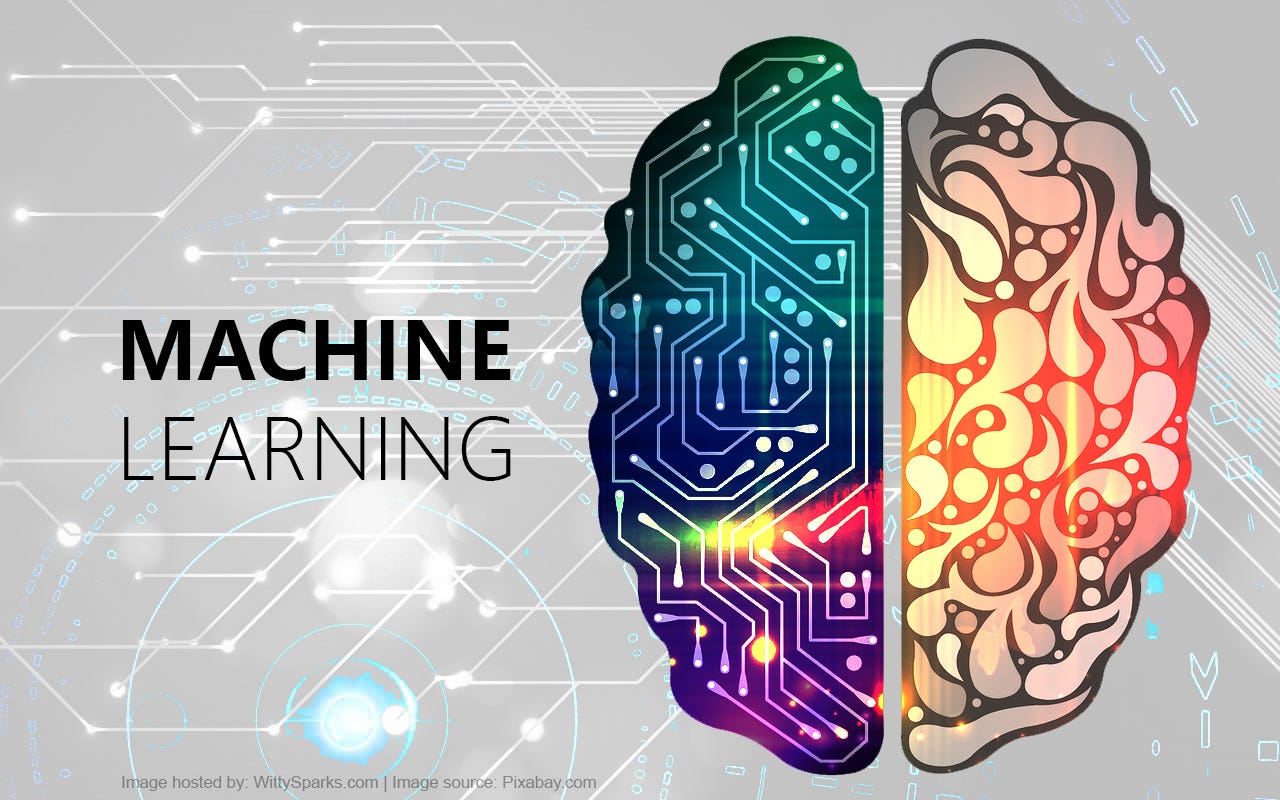Python for Artificial Intelligence: Building Intelligent Systems with Python
- Chapter 1: What is Artificial Intelligence?
- Chapter 2: Python Basics for AI
- Chapter 3: Introduction to Machine Learning
1. What is Artificial Intelligence?
The goal of the computer science and engineering discipline known as artificial intelligence (AI) is to build machines that are capable of carrying out tasks that would typically require human-level intelligence. Because these devices were made by humans and lack natural intelligence like humans, they are referred to be "artificial."
case daycasecasecasecasecasecasecasecasecasecasecasecasecasecasecasecasecasecasecasecasecasecasecasecasecasecasecasecasecasecasecasecasecasecasecasecasecasecasecasecasecasecasecasecasecasecasecasecasecasecasecasecasecasecasecasecase AI systems can be created to carry out a wide range of activities, from easy ones like voice and image recognition to more difficult ones like gaming, decision-making, and even driving cars.
AI is a fast expanding field with many various approaches and techniques, including machine learning, deep learning, natural language processing, computer vision, robots, and more. As AI develops, it has the potential to disrupt a variety of industries as well as how we live and work.
2. Python Basics for AI
Because of its simplicity, usability, and robust libraries for data analysis and machine learning, Python is a well-liked programming language for creating AI applications. Here are some essential Python fundamentals for AI:
- Data types: Python supports a wide range of data types, including texts, floats, booleans, integers, and boolean values. In Python, these data types are used to store and work with data.
- Variables: In Python, variables are used to store values. The "=" operator is used to assign a value to a variable.
- Python provides many different control flow statements, including if/else clauses, for/while loops, and try/except clauses. In a Python programme, these statements are used to manage how code is executed.
- Functions are a means to organise a collection of statements that carry out a certain activity. In Python, the "def" keyword is used to define functions.
- NumPy, Pandas, Matplotlib, and Scikit-learn are just a few of the many data analysis and machine learning modules available in Python. These libraries offer ready-made tools and functions for handling data and creating machine learning models.
- Python has built-in routines for displaying output to the console and reading input from the user.
3. Introduction to Machine Learning
A branch of artificial intelligence known as machine learning (ML) includes teaching computers to learn from data and make predictions or judgements based on that data. To put it another way, machine learning (ML) algorithms use data to discover patterns, and then they use those patterns to forecast or decide on new data.
supervised learning, unsupervised learning, and reinforcement learning are the three primary categories of machine learning.
- A labelled dataset is used to train the algorithm in supervised learning, a type of machine learning. In other words, both the input data and the matching output (or target) values are included in the dataset. The algorithm's objective is to minimise the discrepancy between the expected and actual output values after learning to predict them from the input data. Speech recognition, image categorization, and sales forecasting are supervised learning examples.
- Unsupervised Learning: An unsupervised learning algorithm is one that has been learned using an unlabeled dataset. In other words, no equivalent output values are provided with the input data. The method can be applied to tasks like clustering and anomaly detection since it learns to recognise patterns and structure in the data.
- Reinforcement learning is a sort of machine learning in which the algorithm picks up knowledge by interacting with the environment and receives feedback (or incentives) based on its actions. Learning a policy that maximises the cumulative reward over time is the aim. Robotics, gaming, and other applications where an agent must learn to make decisions based on input from its surroundings all make use of reinforcement learning.



Comments
Post a Comment